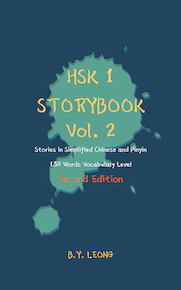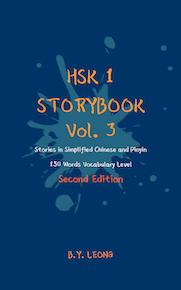Introduction
Learning Mandarin Chinese is an exciting journey filled with new sounds, characters, and cultural insights. For beginners, the first hurdle is often mastering the pronunciation of tones in the Hanyu Shuiping Kaoshu (HSK) level 1 test. Mastering just a few key rules around tones can make a world of difference in how fluent you sound. This blog post aims to provide you with practical tips and strategies to help you conquer this challenge and speak Mandarin with confidence.
Why Tones Matter
Mandarin is a tonal language, which means the pitch and tone you use when pronouncing a syllable affects its meaning. The same syllable pronounced in four distinct tones can have four completely different meanings! For example, “mā” (妈) with the first tone means “mother,” while “mǎ” (马) with the third tone means “horse.” Because of this, properly pronouncing tones is critical right from the start.

1. Understanding the Four Tones
- First Tone (Flat): A high and steady pitch, like holding a musical note.
- Second Tone (Rising): Starts from a lower pitch and rises, similar to a question’s intonation in English.
- Third Tone (Dipping): A low dip that starts mid, dips down, then rises slightly.
- Fourth Tone (Falling): A sharp and emphatic fall from a higher to lower pitch.
2. Tone Pairs Practice
- Why Tone Pairs? Mandarin is often spoken in combinations of tones, and practicing these can vastly improve your fluency.
- Exercises: Pair common HSK 1 words together and practice saying them aloud, paying attention to how the tones shift from one word to the next.
3. Listening and Mimicking
- HSK 1 Audio Files: Use the free HSK vocabulary audio files available on All Musing as your guide. Listen and repeat, focusing on the tonal quality of each word.
- Interactive Tools: Engage with tools like the All Musing’s HSK Online Practice Tests to enhance your listening skills and understand how tones are used in context.
4. Tonal Markings and Pinyin
- Learn Pinyin: Understanding the tonal markings in pinyin is essential. Practice writing out words with their correct tones.
- Visual Aids: Flashcards with pinyin and tone markings. Regular review can help reinforce your memory.
5. Tone Change Rules
- Third Tone Changes: When two third tones are together, the first becomes a second tone. This makes speaking smoother and more natural.
- Special Cases: Some words change tone in specific grammatical situations. Familiarize yourself with these exceptions.
6. Speak and Record
- Practice Speaking: Regularly speaking out loud can help solidify your grasp on the tones.
- Record and Review: Record yourself speaking. Listening back can highlight areas for improvement that you might not notice while speaking.
7. All Musing’s HSK Vocabulary Quiz
- Utilize All Musing’s Free HSK Vocabulary Quiz: Regularly testing yourself can reinforce your learning and help you understand how well you’re grasping the tones.
9. Mindset and Patience
- Stay Patient: Mastering tones takes time. Be patient with yourself and recognize that every practice session helps.
- Embrace Mistakes: Mistakes are part of the learning process. Each one is an opportunity to improve.
10. Explore All Musing’s Resources
- HSK Storybooks: Engage with materials designed for your level. All Musing’s HSK 1 storybooks can provide contextual practice.
Conclusion
Mastering Mandarin’s tones is a journey of persistence and practice. By integrating these strategies into your study routine, you’ll gradually find yourself more comfortable and confident in your pronunciation. Remember, the goal isn’t just to pass the HSK 1 exam, but to effectively communicate in a new language. With time and dedication, those once-daunting tones will become familiar friends in your linguistic adventure.


